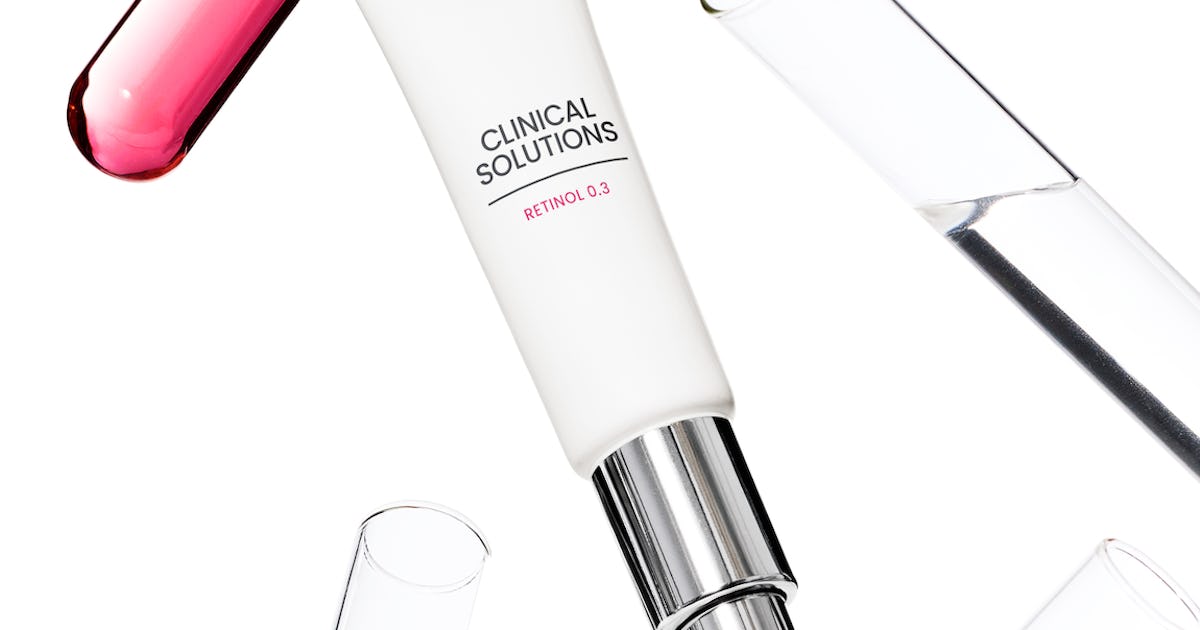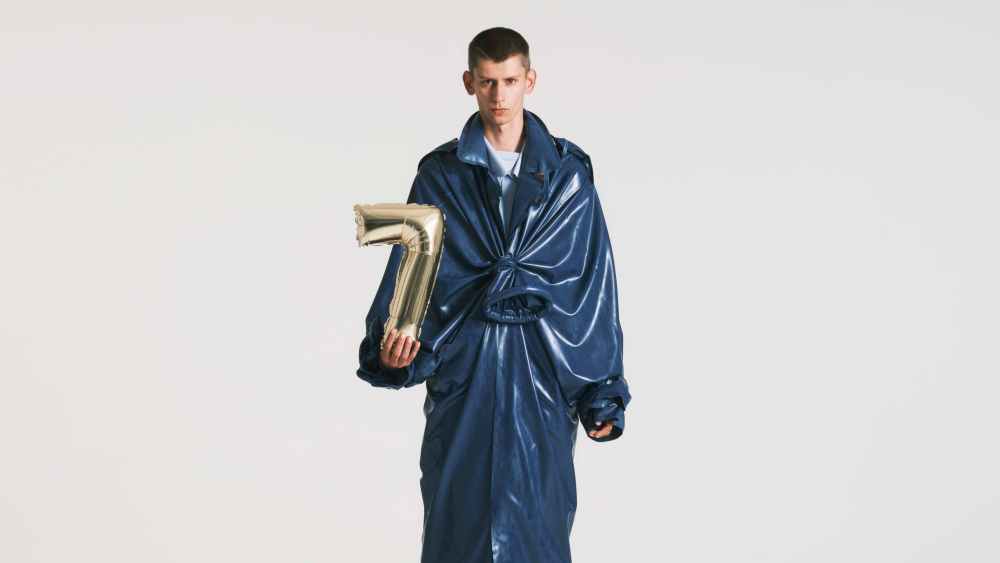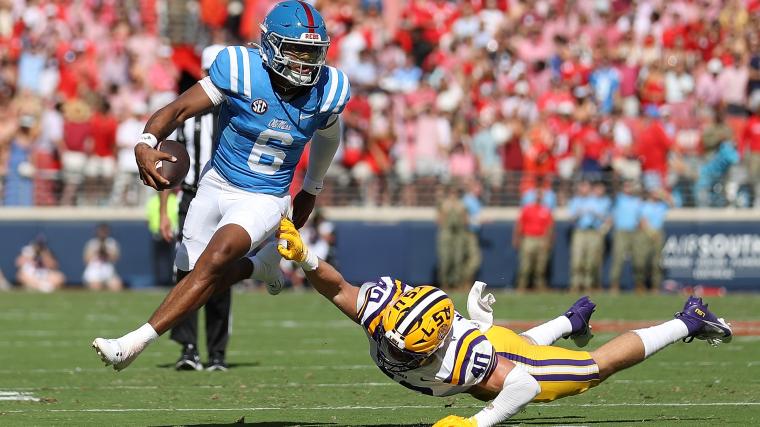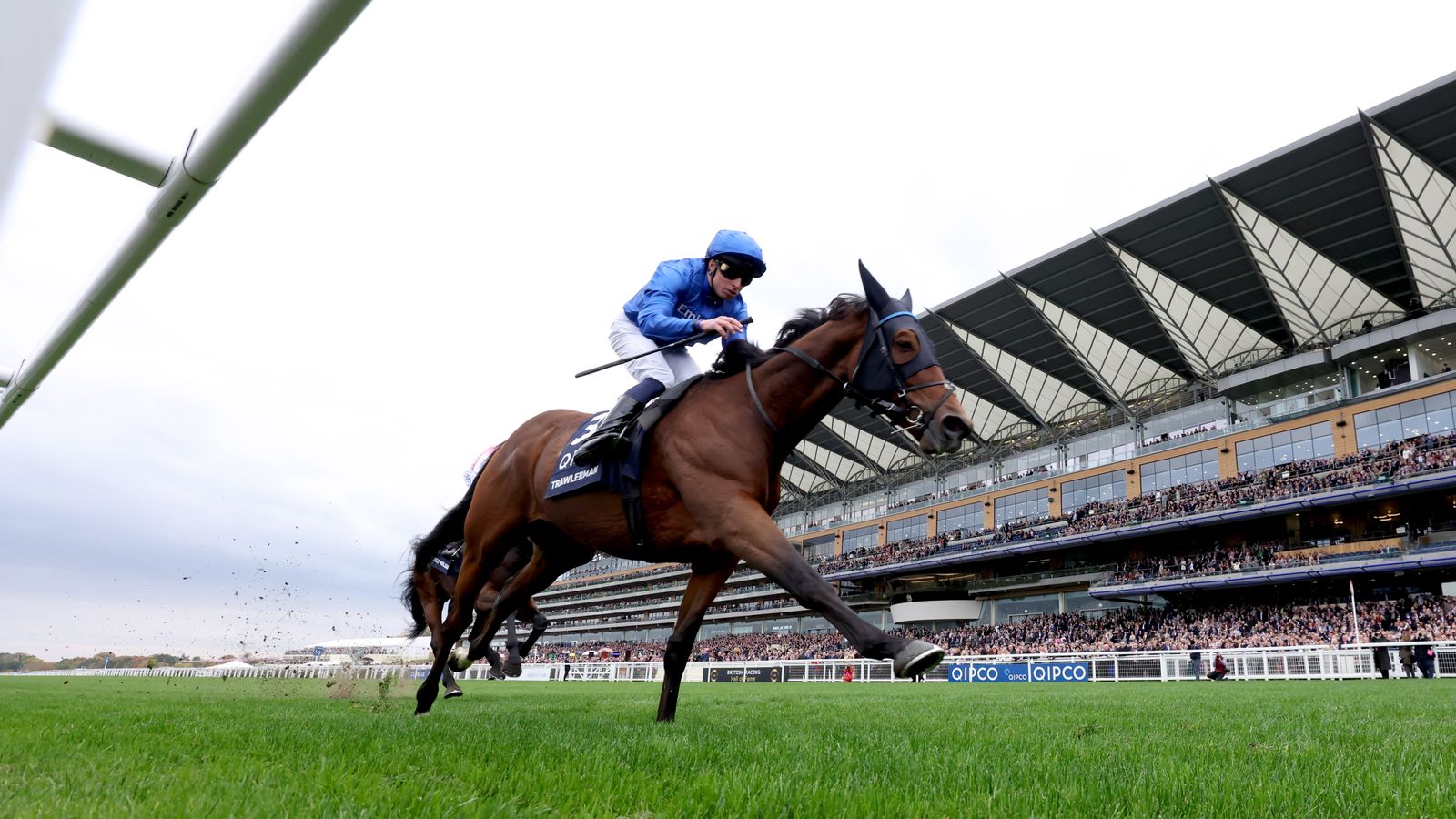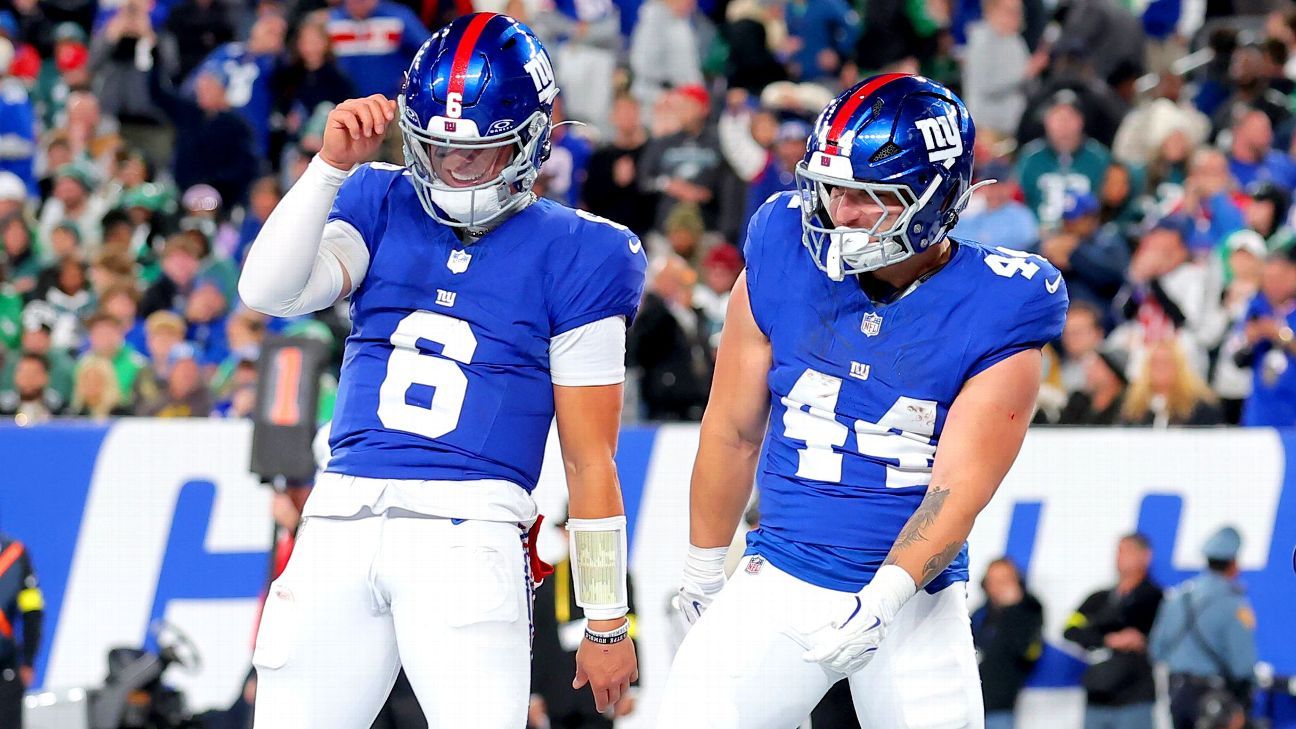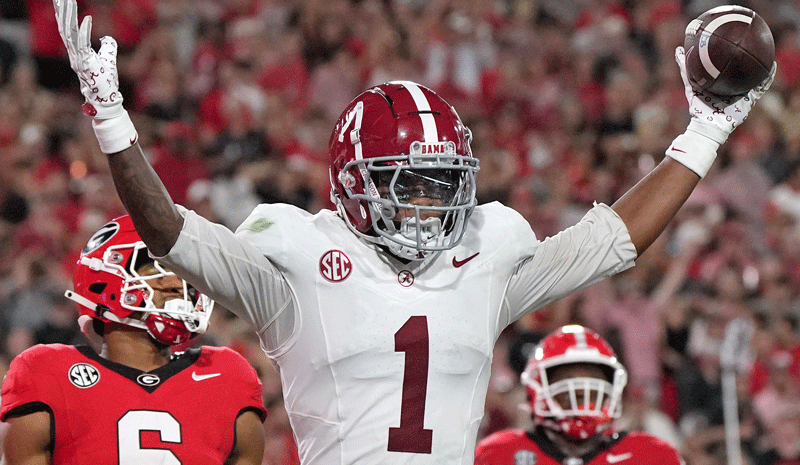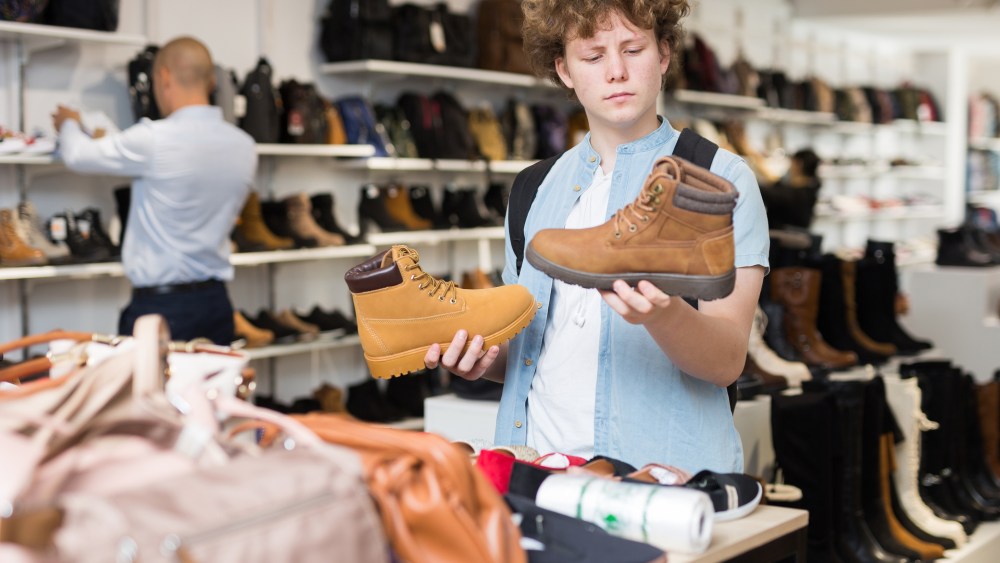
U.S. President Donald Trump’s tariff increases instilled anxiety over shoe price hikes, at least for the better part of 2025, but it might be 2026 when most of those concerns come to fruition.
Higher tariffs imposed on China were expected following Trump’s re-election for a second term as that was a key talking point during his campaign. But what shook fear around the world was his disclosure in April to impose global reciprocal tariffs, a move that posed a huge problem for shoe brands who produce in China and Vietnam. China remains a key producer of footwear, particularly for shoes considered in the lower-tier or value distribution channel. Many brands diversified production outside of China during Trump’s first term when in 2019 he imposed high duty rates on China exports, moving over to Vietnam for manufacturing and making it the athletic performance production hub.
Footwear brands on earnings conference calls earlier this year said they were mitigating the increases by working with factory partners to adjust their sourcing and supply chains. Some, like Steve Madden Ltd., said any price increases would be only for select shoe styles, instead of across-the-board increases. This surgical approach was utilized at other brands too. In a May conference call, Crocs Inc. CEO Andrew Rees said the company was “super strategic” on pricing and did some “very targeted price increases” to mitigate selective issues. Nike, too, made selective price increases, but only on shoes above $100.
Telsey Advisory Group (TAG) began price checks on select apparel and shoe items since April. After 24 weeks of checks, the last on on Oct. 1, TAG found modest increases on some shoe prices, and no increases on others. Shoes that saw an increase only had one price hike, on average at $5. And some shoe styles haven’t had any increase over the 24-week period.
Among the highlights, a Sam Edelman Felicia ballet flat priced at $100 at the start of TAG’s checks in April remains at $100. That is also true of a Steve Madden Klayton Bootie, priced at $119.95, as well as a Vans Old Skool Shoe at $70. On the athletic performance front, an Adidas Samba OG has remained at $100.
In a July report, an Ugg Tazz II shoe saw a $5 increase, or 3.6 percent increase, to $145, while a Hoka Bondi 9 sneaker also rose $5, or 2.9 percent, to $175. Two On shoes in July also saw $10 price increases, the Cloud 6 to $160 and the Cloudtilt to $170. Since then, there have been no further increase in their price points. But two athletic performance shoes sold at Foot Locker did see $10 price increases since the July report: an Asics Gel-1130 now at $110 and a New Balance 1960 now at $160.
So where do shoe prices go from here? There’s only one direction and that’s up. But that may not be likely until later this year and the general consensus is that 2026 is when most increases will occur.
A Goldman Sachs economics report stated that any front-loading of imports will likely fend off price increases, while a delay in tariff payments for up to 1.5 months can also result in a holding off of some planned hikes.
Shoe prices rose in August in tandem with overall inflation. Data from the Footwear Distributors and Retailers of America (FDRA) said retail prices of footwear climbed 1.4 percent. FDRA chief economist Gary Raines told Footwear News (FN) that surging duties paid on footwear imports indicates that retail may climb further. A report on Thursday from Jefferies hardlines analyst Jonathan Matuszewski on Academy Sports + Outdoors Inc. indicates an expectation for higher prices in the months ahead coinciding with the “general rise in industry pricing to combat tariffs and Academy’s objective to preserve gross margin percent.”
What isn’t clear is how high those prices might go. That’s because there still could be other options not yet accessed by shoe firms to help with further mitigation of higher duty rates.
Birkenstock CFO Ivica Krolo has told investors that pricing is just one component of different levers available to the company. Others include “efficiencies in production, vendor negotiations,” product mix and allocation of products between different regions, he said during a conference call.
And Andrew Page, the CFO of Salomon and Arc’teryx parent Amer Sports, told FN his company has a “number of levers” that it can pull to deal with a myriad of tariff scenarios, adding that thus far the company did not have price increases “in any meaningful manner.”
And even if there should be higher prices for shoes and sneakers, there’s a chance consumers could pull off a surprise and continue to make adjustments to buy the shoes they want to have in their closets.
Genesco Inc. CEO Mimi Vaughn said as much during the company’s second quarter earnings conference call. She said Journeys’ customers are willing to pay higher prices, despite the economic backdrop, as they stretch to reach price points for must-have product. “In prior times when consumers have been stretched, they’ve gravitated to lower price point products. And that’s just not the case this time,” she said.
#Shoe #Prices #Arent #Rising #Significantly #Tariffs

